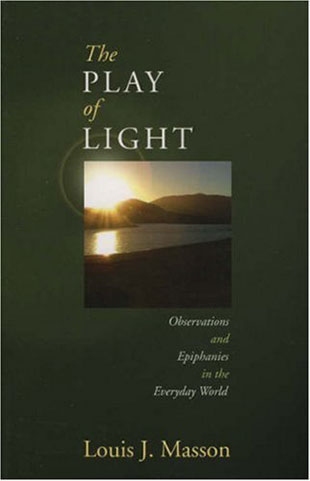"When I was new to teaching, I scored the notes, acts, movements within a class, and I have thought of silence as a large unit between acts, or sometimes as an extended set piece. Silence is necessary even before the class: The student studies, the teacher prepares the lesson; and these parallel acts, carried out in silence or in the white noise of music, are themselves a kind of silence. Examinations, too, wear a cloak of silence, the silence in that case symbolizing seriousness, integrity, and concentration. I have closed my eyes as my students filled out their blue examination books and thought the quiet (punctuated by suppressed coughs and the turning of pages) not unlike the quiet passages of communal liturgies.
"The conductor and composer Leonard Bernstein was often in search of the silence between notes, and I find those silences between the words that are the score of a class. I sometimes play a successful class back in my mind, slowly listening for the silences where insight and discovery sparked to life. And I play back not only the classes I teach but also the classes in which I was taught. I hear the teacher's voice, asking students to consider a line, a passage, and the hypothesis of a lecture. There is a pause while eyes turn to the book, while minds turn to the idea; in such pauses light shines. Or there is the pause after an unexpected question. In those silent pauses insight may emerge. The mind grapples, puzzles, grasps, and discovers. A class may move by fits and starts with as much energy expended in the pauses as in the spoken exchanges. An exact transcript of the spoken words would be an incomplete record of what went on, like a play script with the occasional note for 'pause' or 'long pause.' In life, as in art, so much may be said in silence.
"For all its importance we do not speak much about silence, though it may touch our lives with as much pleasure or pain as words. When we were young, we could hurl the lines 'sticks and stones will break my bones, but words will never hurt me' at the words that really did hurt. There is so much love and so much hurt in words, but the same is true of silence.
"And we are surely as attuned to the rhetoric of silence as we are to words. There are conventions. I listened one fall to the young writer Terry Tempest Williams read from her work to a large audience on our campus. At the end of her reading (at what might have been, in fact, the end of her reading) she bowed her head in silence. At first it was a dramatic and effective gesture; her concerns had been serious and moving. But she held the silence beyond the seconds one would expect, and the added seconds of silence began to burden some in the lecture hall. The pause was as provocative as anything she said. And I realized silence might be as nuanced as sound.
"In the church where I served as an altar boy, the murals and Stations of the Cross suggested distinctive silences: 40 days in the desert, the agony in the garden, the death on the cross, the silent tableaux of the Nativity, forever intertwined in my memory with the singing of 'Silent Night.' Silence means many things, not all of them holy. Yet silence allows an Advent, the sight of the bird amid branches, a bow at the foot of the altar."
